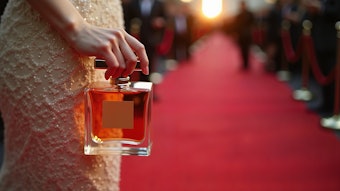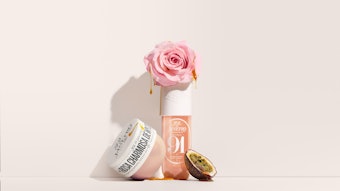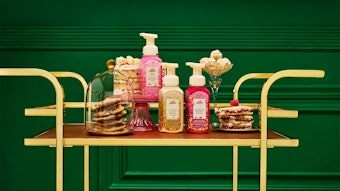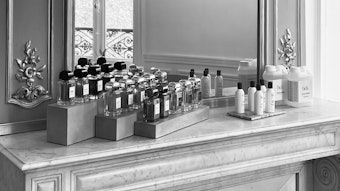Since the beginning of this century and thanks to chemical discoveries towards the close of the nineteenth century, synthetic substances are being utilized by perfumers and have assumed an ever-increasing importance in the formulation of perfumes. Synthetic compounds are not used in place of the natural ones, except in some instances, but rather in order to impart a certain creativeness, imagination and novelty to blends which, up until the end of the last century, had been composed exclusively of natural products. Thus, it is altogether appropriate to speak of the creative contribution of synthetic compounds to perfume-making in the twentieth century. Those perfumes that have distinguished the industry since the beginning of this century must be mentioned.
Trèfle Incarnat (L.T, Piver) Quelques Fleurs (Houbigant) Shalimar (Guerlain) Chanel 5 (Chanel) L’Origan (Coty) Mitsouko (Guerlain) Crêpe de Chine (Millot) Narcisse Noir (Caron) Arpège (Lanvin) Bandit (Piguet) Ma Griffe (Carven) Air du Temps (Ricci) Miss Dior (Dior) Madame Rochas (Rochas) Calèche (Hermès) Cabochard (Grès) Eau Sauvage (Dior) Calandre (Rabanne) Fidji (LaRoche)
It must be remarked that the originality of these perfumes is due in part to their synthetic admixture in the form of amyl salicylate, vanillin and ethyl vanillin, methyl-nonyl-acetaldehyde, the quinolines, the aliphatic aldehydes, the ethers, anisic aldehyde, undeca-lactone, methyl jasmonate, the damascones and damascenone.










